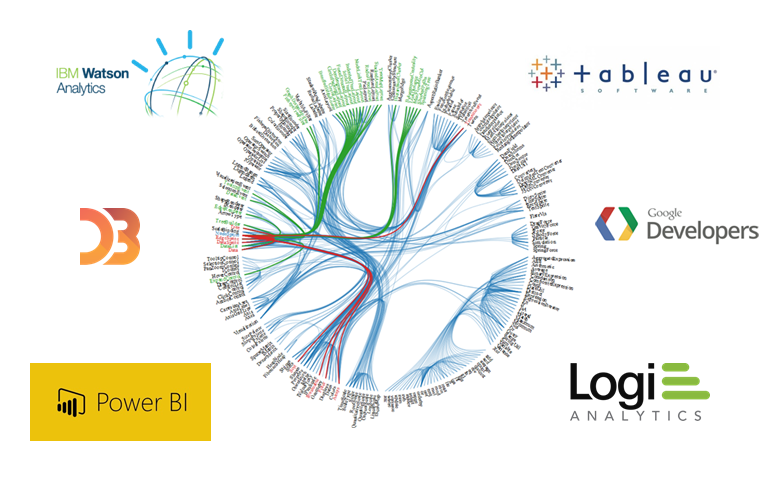Blitz News Digest
Stay updated with the latest trends and insights.
Visualize This: Crafting Stunning Data Stories
Unlock the art of storytelling through data! Discover how to craft stunning visuals that captivate and engage your audience.
4 Essential Elements of Engaging Data Visualizations
Creating an effective data visualization requires attention to several essential elements that ensure the information is both engaging and easily digestible. First, clarity is paramount; your visuals should convey data points in a straightforward manner without overwhelming the viewer. Utilize appropriate chart types for your dataset; for instance, bar charts work well for comparisons, while line graphs are ideal for showing trends over time. Secondly, consider the color scheme of your visualization. A coherent and harmonious palette not only enhances aesthetic appeal but also aids in interpreting the data accurately, allowing viewers to focus on key insights rather than being distracted by clashing colors.
Another critical element is context. Providing background information or annotations can significantly enhance the viewer's understanding of the data being presented. This may include explanations of what the data represents, its source, and any relevant trends or anomalies. Lastly, ensure interactivity whenever possible. Engaging visualizations often include features that allow users to explore the data on their own terms, such as hover effects or filters that highlight specific information, making the experience more immersive. By focusing on clarity, color, context, and interactivity, you can create engaging data visualizations that effectively communicate your message.

How to Turn Raw Data into Compelling Stories
Turning raw data into compelling stories is an essential skill for marketers, journalists, and business professionals alike. To begin, it's crucial to understand the context and significance behind the numbers. Start by identifying the core message that the data conveys. Ask yourself questions like: What trends do the figures reveal? and How does this information impact the audience? By framing your data within a narrative, you can transform dry statistics into engaging content that resonates with your readers.
Once you've established the narrative, use visual aids to enhance your storytelling. Graphs, charts, and infographics can break down complex data, making it more accessible and easier to digest. Consider using a mix of
- Data visualizations to illustrate key points.
- Personal anecdotes or case studies to humanize the statistics.
- Questions to provoke thought and encourage reader engagement.
What Makes an Effective Data Story?
An effective data story seamlessly combines data and narrative to engage the audience while conveying insights. It begins with a clear purpose, answering the vital question: what is the main takeaway the audience should grasp? By establishing a strong context, the storyteller can guide the interpretation of data, helping the audience understand not just the numbers but their significance. A well-structured data story often incorporates visualizations that enhance comprehension, such as charts or infographics, which allow the audience to visualize trends and patterns at a glance.
Moreover, an effective data story prioritizes clarity and simplicity. Avoiding jargon and overly complex explanations ensures that the narrative remains accessible to a broader audience. Using techniques such as analogies or anecdotes can bridge the gap between raw numbers and relatable experiences, making the story more engaging. Key elements to consider include:
- Identifying the audience's needs and interests;
- Presenting data in a logical and compelling sequence;
- Concluding with actionable insights that encourage further discussion or exploration.